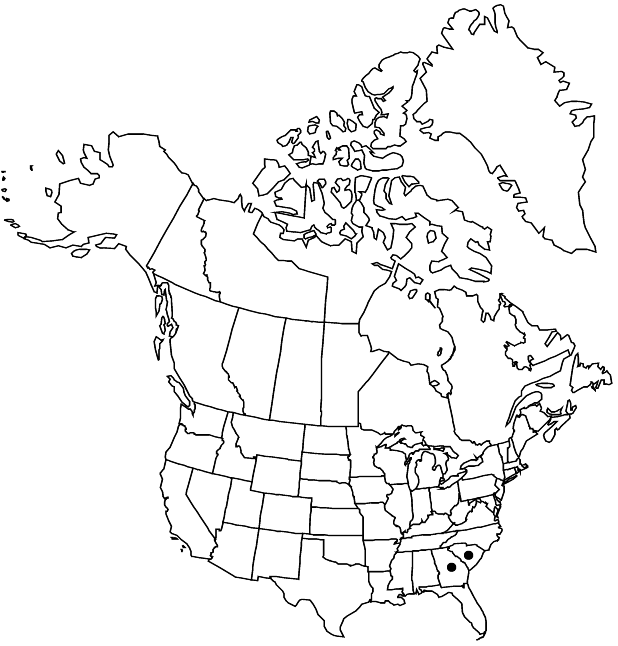Rhododendron flammeum
Rhododendron Soc. Notes 1: 120. 1917 ,.
Shrubs, to 2.5 m, usually not rhizomatous. Stems: bark smooth to vertically furrowed, shredding; twigs conspicuously multicellular eglandular-hairy (hairs unbranched), otherwise sparsely to densely unicellular-hairy. Leaves deciduous; petiole multicellular eglandular-hairy and unicellular-hairy; blade ovate to obovate, 2.9–8.5 × 1.2–3.5 cm, thin, membranous to chartaceous, margins entire, plane, ciliate, eglandular-hairy, apex acute to obtuse, often mucronate, abaxial surface glabrous or densely unicellular-hairy and/or eglandular-hairy, adaxial surface scattered eglandular-hairy, otherwise sparsely unicellular-hairy, glabrate in age. Floral bud-scales glabrous or densely unicellular-hairy abaxially, margins densely unicellular-ciliate. Inflorescences 6–11-flowered; bracts similar to bud-scales. Pedicels 3–12 mm, eglandular-hairy, otherwise moderately unicellular-hairy to glabrate. Flowers opening before or with development of leaves, erect to horizontal, acrid-scented; calyx lobes 0.5–5 mm, glabrous or unicellular-hairy and eglandular-hairy, margins eglandular-hairy; corolla bright red to orange-red or orange, with contrasting, darker-colored, orange or yellow-orange blotch on upper lobe, funnelform, 27–51 mm, scattered, multicellular eglandular-hairy (sometimes very weakly stipitate-glandular-hairy), otherwise sparsely to moderately unicellular-hairy on outer surface, petals connate, lobes 8–22 mm (spreading nearly as broadly as tube long), tube rather abruptly to gradually expanded into lobes, 17–34 mm, longer than lobes; stamens 5, much exserted, ± unequal, 40–73 mm. Capsules borne on erect pedicels, 15–30 × 4.5–8 mm, densely, stiffly eglandular-hairy and unicellular-hairy. Seeds without distinct tails, flattened portion of testa well devloped at each end; testa expanded, dorsiventrally flattened, ± loose. 2n = 26.
Phenology: Flowering spring.
Habitat: Open dry woods, slopes and ridges, stream bluffs
Elevation: 20-500 m
Discussion
Rhododendron flammeum is closely related to R. calendulaceum, R. cumberlandense, and R. prunifolium, all of which are characterized by orange to red flowers that lack a sweet fragrance (K. A. Kron 1993). The growth form of R. flammeum is relatively flat-topped compared to the growth form of most of the other species of azaleas. Hybrids with R. canescens are known. The name R. speciosum (Willdenow) Sweet is often used for this species; that name is based on Azalea speciosa Willdenow, a superfluous name that refers to R. calendulaceum.
Selected References
None.
Lower Taxa
No values specified.
